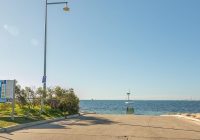Is your boating safety equipment risking your life?
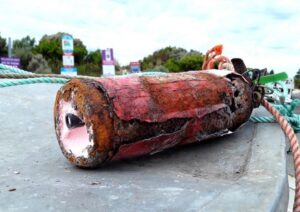
The picture above shows a fire extinguisher that was found on board a recreational boat during a recent vessel inspection. Having safety equipment that is damaged and not maintained puts everyone on board your boat at risk.
All boats have a minimum requirement to carry one fire extinguisher (vessels 8 metres or less in length) and two fire extinguishers (vessels greater than 8 metres in length) if they have an engine or cooking facilities on board that complies with Australian Standard AS 1841.
The minimum size required depends on how much fuel your boat is carrying.:
- a boat carrying not more than 115 litres of flammable liquid – 0.9 kg
- a boat carrying more than 115 litres but not more than 350 litres of flammable liquid – 2.0 kg
- a boat carrying more than 350 litres but not more than 695 litres of flammable liquid – 4.5 kg
- a boat carrying more than 695 litres of flammable liquid – 9.0 kg.
Having multiple small extinguishers does not satisfy the size requirement. For example if you are required to carry a 2.0 kg extinguisher, you must carry 1 x 2.0 kg fire extinguisher, not 2 x 1.0 kg fire extinguishers.
If you are carrying the required size fire extinguisher, you may also carry additional smaller fire extinguishers.
Click here for all you need to know about trip preparation including safety equipment required.
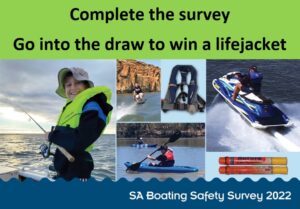
Time is running out to complete our SA boating safety survey. Click here to complete the survey by Friday 19 August. Provide your email address in the space provided at the end of the survey for your chance to win one of two inflatable lifejackets valued at $145 each.
We want to hear from anyone that owns, operates or is a passenger on a vessel (this includes power boats, personal watercraft, sailing boats and unpowered craft, such as canoes, kayaks, paddle boards, row boats, etc.).
Your answers will help us to better understand the boating knowledge, behaviour and needs of recreational SA boaters.
Yacht maintenance
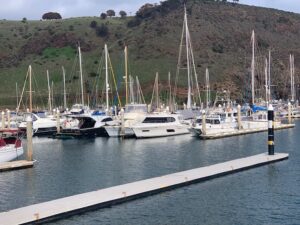
Our Marine Safety counterparts in WA have put together a poster promoting inspecting your yacht annually to help prevent life threatening incidents.
The poster promotes checking your keel, rudder and steering, skin fittings and mast and rigging and engine and stern gear.
Australian Sailing also have a library of safety information you may find useful if you own or are interested in yachting.
Winter whiting fishing
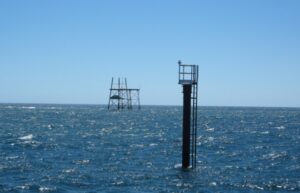
Tippara Reef (Port Hughes Light)
Many recreational fishers are heading out to try and catch winter whiting and may be venturing into unprotected waters. Remember the safety equipment you need depends on the size of your boat and where you are fishing. This table in the SA recreational boating safety handbook shows you exactly what you need as a quick reference guide.
Are you heading out more than five nautical miles from shore to somewhere like Tiparra Reef (commonly known as the Port Hughes Light) to chase whiting?
When travelling more than three nautical miles from shore (except in inland waters in Lake Alexandra and Albert) or more than five nautical miles from shore in the Gulf of St Vincent or Spencer Gulf you are required to carry additional safety equipment including:
- A 406 MHz EPIRB that complies with legal requirements. Once activated, the EPIRB’s signal can be detected by both the international search and rescue satellite system, Cospas–Sarsat, and overflying aircraft. The Australian Maritime Safety Authority’s (AMSA) Rescue Coordination Centre (RCC-Australia) in Canberra receives EPIRB signals detected, and acts on them immediately. All 406 MHz beacons must be registered with AMSA and evidence of registration should be carried in your vessel.
- You also need to carry a fluorescent orange-red coloured sheet (1.8 metres by 1.2 metres) with a large black ‘V’ printed in the middle. This is used for signaling if your vessel is under distress.
Back to top
World Marine Aids to Navigation day
Channel markers are one type of aid to navigation
The 1st of July marks the First World Marine Aids to Navigation Day. The day aims to promote greater awareness to mariners and the wider public regarding the crucial role of Aids to Navigation to ensure a safe and efficient navigation.
Learn about the different aids to navigation here.






